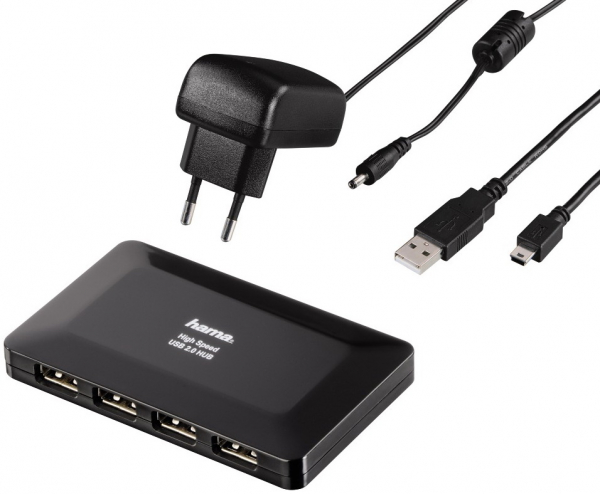Hello, colleagues.
Today I want to tell you what galvanic isolation is, what it is for, and what the pros and cons of working with it are.
So, let's imagine that you are in an old house, your outlets are not grounded, and the electricity enters the house by a hinged line from the nearest pole. The wind blows, it rains, lightning strikes the power pole, and you're leaning on the heating battery, holding a can of e-meter in your hand... The lightning discharge through the power supply broke through the insulation, the current went to the battery through your body. A scary story? I agree, an unlikely event. But nevertheless, state standards provide for maximum protection of the user, especially if it is an electrical device for medical purposes.
To avoid such situations, medical devices use galvanic isolation of the person and the device. An insulator is placed between the person and the device, isolating it from high voltages up to 5 kV.
There is such protection in the Theta-Meters of the 1st, 2nd and 3rd generation Pro series. It protects the user of the device from possible high voltage breakdowns.
And now let's list the disadvantages of galvanic insulation.
First, it is afraid of high voltages of electrostatic electricity. In winter, when humidity is low and we wear synthetic and woolen clothes, electrostatic charges can reach 20kV, which is much higher than the 5kV that the device can withstand. Therefore, before working with the Theta Meter with a galvanic insulator, it is advisable to discharge the electrostatic charge by touching a central heating battery, an earthed object, or an earthing wire in an outlet, if you have one. Electrostatic discharge will render the unit inoperable and void your warranty.
Secondly, the speed of the signal slows down, the delay in starting the device can be perceived by the operating system as an error in the initialization of the device, the user sees the twitching needle of the device if the USB driver of the operating system does not want to wait long for the initialization of the device. Newer devices increasingly require instant initialization of the devices and perceive the delay as an error in operation.
Thirdly, the complexity and the price of the device increases.
If you need a device with galvanic isolation, you can order a 3rd generation Theta-Meter Pro, or you can buy an external device with a USB isolator and use a non-isolated device. They are inexpensive right now.
What if you have a Theta-Meter Pro with galvanic isolation, but it stopped working with a new device or after updating the operating system?
In many cases, an externally powered USB hub like this helps:

If the hub didn't help, then:
1. You have to unsolder the chip that creates the galvanic isolation - ADUM6401.
2. Connect with wires the opposite pads on the board ofTheta-Meter e-meter in place of this chip, each opposite to each other, according to the scheme 1 to 16, 2 to 15, 3 to 14 and so on.
Click on the picture to enlarge.
Show this picture to the repairman and he will figure out how to do it. There are only 8 wires.
Good luck with your work!
Expert on e-meters,
Mikhail Fedorov



